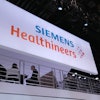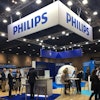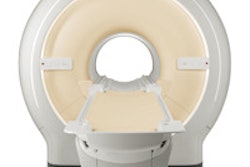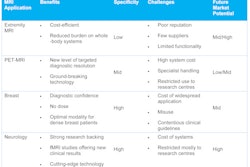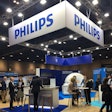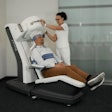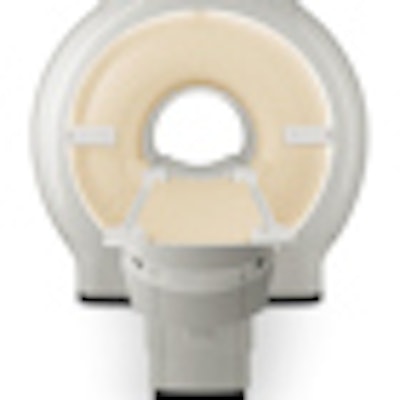
Development of MRI technology has undoubtedly exceeded expectations in the last decade, boosted by advances in high-field magnet technology, computer processing power, and analogue-digital signal processing. They have even managed to develop a quiet system.
Such progress has placed MRI at the pinnacle of advanced imaging technology, while also providing a flexible platform for use in multiple clinical disciplines. However, the demands of modern healthcare are changing the way MRI is used. The majority of hospitals and facilities in Europe currently rely on systems shared between multiple disciplines. With coil technology continuing to improve and average selling prices of systems continuing to decline, how will the next generation of MRI be used?
Fusion and hybrid MRI
Some of the highest-profile advances in the MRI field have been demonstrated in combination with other imaging modalities, taking advantage of the inherent flexibility of MRI. Examples such as fusion imaging with ultrasound (both for diagnostic and treatment purposes) and hybrid MRI systems in operating room suites have already demonstrated the effectiveness of combining MRI with other modalities. However, use of hybrid or fusion MRI in Europe still remains relatively new, restricted by the high initial cost and extensive multidepartment planning required. Assuming economic recovery is forthcoming, use of combination imaging should proliferate as understanding of the clinical and economic benefits multimodality imaging increases.
'Value' MRI
Investment in improving healthcare services in emerging regions of Eastern Europe, the Middle East, and Africa (EMEA) has become big business, driven by strong economic growth and huge demand for improvements in healthcare services. Yet, investment in advanced imaging, most notably MRI, in these regions has been restricted to major hospitals in metropolitan centers. However, average selling prices have continued to fall with improvements in technology and manufacturing processes, as well as increasing supplier competition. This has led to the emergence of "value" MRI, relatively low-cost MRI systems (mostly 1.5-tesla field strength) with solid performance and image quality but few advanced features. The economic downturn has admittedly slowed uptake of these systems more recently; however, demand is projected to resume in the next two or three years, providing a major opportunity for greater access of MRI technology to the wider population in these emerging areas.
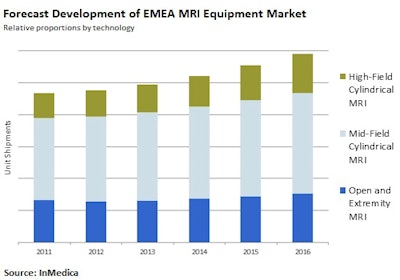
Ultrahigh-field MRI
MRI will also remain a constant at the cutting edge of clinical research. The development of commercially available 7-tesla MRI and experimental 9-tesla MRI systems for research are already highlighting the future potential when exploiting this unique imaging modality. Recent investigations are providing a fascinating insight into the potential of such technology for better understanding diseases, such as Alzheimer's disease and osteoarthritis, and in diagnosing and decision-making in the treatment of critical spinal lesions. Many questions and concerns remain still surround the potential safety and scalability of 7-tesla MRI; despite this, initial results and research suggest it will feature heavily in the future of advanced imaging.
'Workhorse' MRI
While the majority of the evidence discussed here suggests MRI differentiating into "user-defined" groups with specific MRI systems for each clinical modality, current and future restrictions will undoubtedly mean the "workhorse" hospital MRI system will still play a part. However, new technology and innovation are also driving significant gains for users. Most evident has been the clear shift in focus of manufacturers toward workflow and managing the cost of ownership for healthcare providers. The emergence of healthcare IT in the last decade has demanded improved workflow solutions from imaging systems, further facilitated by increasingly stringent legislation across many countries regarding advanced imaging optimization. Combined, these factors have driven significant progress in scan speed, measurement, processing, and archiving. Moreover, manufacturers are actively highlighting and offering new solutions to address the longer-term costs of ownership, rather than past focus on just the initial price of the system.
MRI has long been the gold standard of imaging technology, highlighting how advanced technology can be used safely to provide accurate, high-quality images for diagnosis across a vast range of clinical fields and applications. Future obstacles to development will undoubtedly slow or divert the future development of MRI equipment, be it economic, legislative, or political. However, as the trends and evidence observed above demonstrate, MRI is set to play a leading role in the future of diagnostic imaging.
Stephen Holloway is a senior market analyst at InMedica, a division of IHS (NYSE:IHS). InMedica is a leading provider of market research and consultancy in the medical electronics industry (www.in-medica.com).
Originally published in ECR Today on 11 March 2013.
Copyright © 2013 European Society of Radiology

